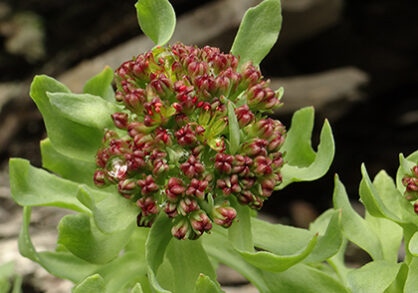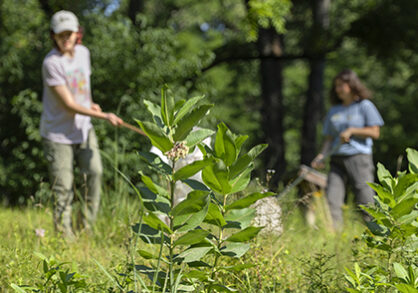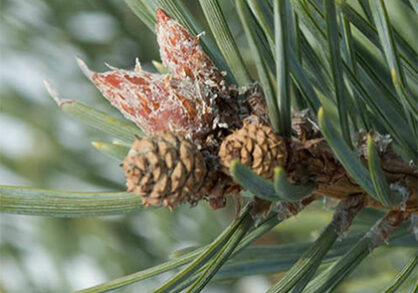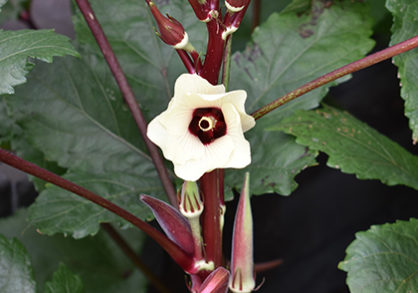CONNECTING PLANTS AND PEOPLES FOR A WORLD OF DIVERSITY, BEAUTY, AND HOPE.
FEATURED
For the Love of Chocolate
Have you thought about when and why chocolate became part of Valentine’s Day traditions?
Rare blooms find shelter in Cascadilla Gorge
Cornell Botanic Gardens has successfully established a population of the federally threatened plant Leedy’s roseroot in the walls of Cascadilla Gorge.
All about our Native Lawn
A lawn sown with native grasses does a world of good. Learn why and how to create one.
UPCOMING EVENTS
Arbor Day Tree Walk at Brian C. Nevin Welcome Center
Celebrate Arbor Day with Cornell Botanic Gardens' Arboriculture Supervisor Daniel Weitoish on this walk to discover the wonderful variety of trees around the Nevin Welcome...
Spring Wildflower Walks at Brian C. Nevin Welcome Center
Tour the woodland pathways and plant habitats of the Mundy Wildflower Garden, a 25-acre natural area and naturalistic garden managed by Cornell Botanic Gardens. The Garden is...
The Evolution of Trees – A Walk through Time
How did the trees we know and love today come to be? Join us for a walk through 380 million years of tree evolution, using representative trees in the F.R. Newman Arboretum...
Land Acknowledgement
Cornell University is located on the traditional homelands of the Gayogo̱hó꞉nǫ' (the Cayuga Nation), members of the Haudenosaunee Confederacy.
Our Diversity, Equity, and Inclusion Efforts
Cornell Botanic Gardens embraces and actively works to increase diversity among all the communities with which we engage.
Seeds of Survival and Celebration: Plants and the Black Experience
This garden display and exhibit shares the knowledge, skill, and resilience of enslaved Africans, their descendants, and today’s Black community and their deep connections to plants and the cuisines they inspired.
Our Gardens and Natural Areas
We are responsible for the natural beauty of the Cornell University campus including cultivated gardens, an arboretum, and natural areas. Together these comprise one-third of campus, and with off-campus natural areas, a total of 3,600 acres.
WHAT TO SEE IN WINTER!
Winter provides a season of stillness and quiet beauty throughout our gardens and natural areas.








